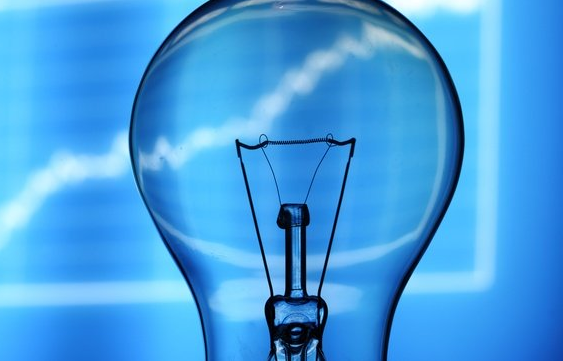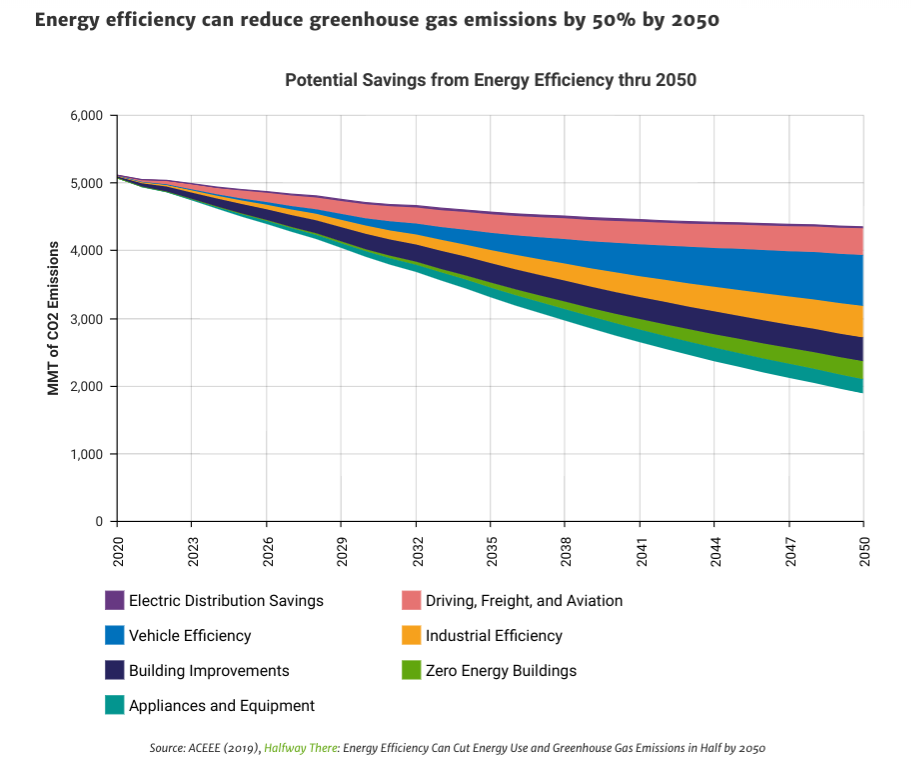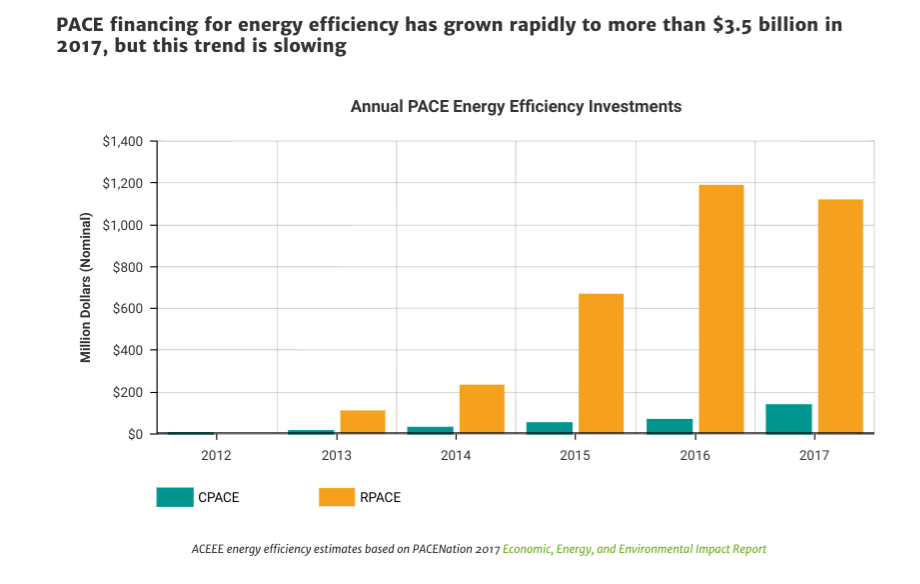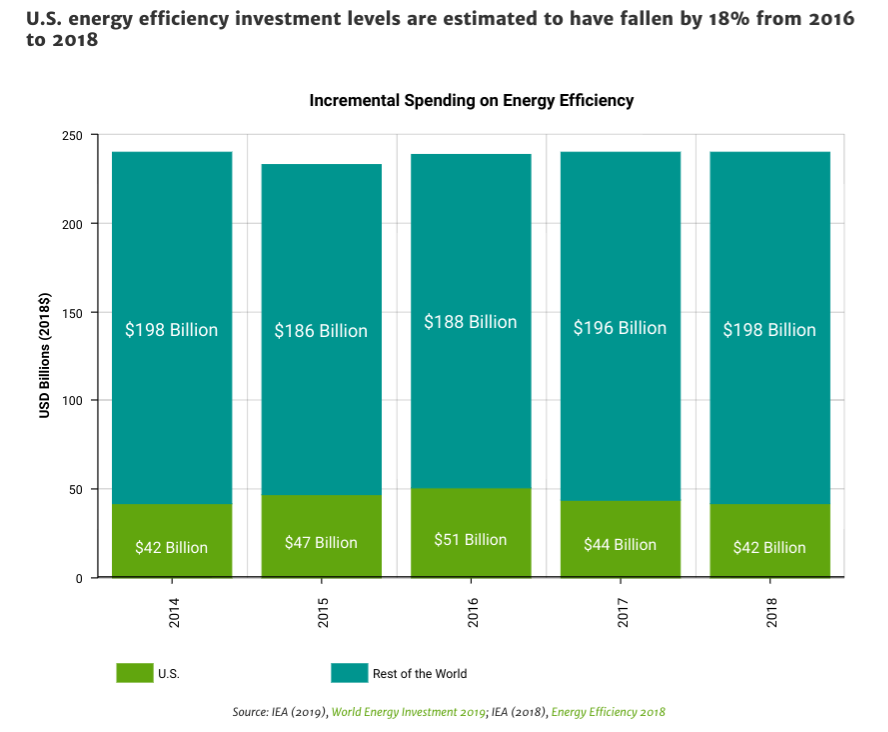
Dive Brief:
· The United States' commitment to energy efficiency may be waning, according to experts who see stagnating progress and investment following decades of rapid work to save energy and reduce greenhouse gas emissions.
· A report released Tuesday finds that while federal spending on energy efficiency increased slightly from 2016 to 2018, total domestic energy efficiency investment levels fell by an estimated 18%.
· Continued expansion of energy efficiency is considered key to meeting climate goals, evidenced by past savings: According to the analysis, without investments made since 1980, the United States' energy consumption and emissions would have been 60% higher, and consumers would be paying nearly $800 billion more annually in energy costs.
Dive Insight:
There is no single statistic in the report that shows energy efficiency is in decline. Instead, the report's authors point to a "mixed bag" of findings that show progress is not moving fast enough.
The report was authored by the Alliance to Save Energy (ASE), the American Council for an Energy-Efficient Economy (ACEEE) and the Business Council for Sustainable Energy.
"There are warning signs that suggest the commitment to energy efficiency is waning," Natasha Vidangos, ASE vice president of research and analysis, told Utility Dive. "None are quite a smoking gun, but we're definitely seeing indications."
"It is certainly something of a mixed bag, but the overall point is that to save the billions and billions of dollars that is available from energy efficiency and to meet climate goals we need to be making major advances," ACEEE Senior Policy Advisor Lowell Ungar told Utility Dive.
With existing technology, energy efficiency could deliver more than 40% of the carbon reductions needed globally to meet Paris Agreement climate targets — and half the emissions reductions needed in the United States, according to the report. But not only are domestic energy savings off track, they risk backsliding.

Property Assessed Clean Energy investment, which is a mechanism for financing energy efficiency and renewable energy improvements on private property, saw a rapid rise from 2012 to 2017 reaching $3.5 billion. But that trend is slowing.

Efficiency investments implemented by energy service companies (ESCOs) are "seeing a leveling of revenues" at approximately $5 billion in 2011 and 2014, according to the report. And that is "just a fragment of the ESCO market potential," which is estimated to be between $92 billion and $201 billion, in 2016 dollars.

On the other hand, investment in smart building controls is rising rapidly, said Vidangos. And the report shows commercial building energy consumption per square foot has been declining and residential energy use per household fell roughly 16% from 2001 to 2018.
"It depends on which sector you're looking at," said Vidangos. "One of the challenges is energy efficiency is incredibly diverse. It encompasses every economic sector. You can see really strong improvements in some areas and slowdowns in others."
At the federal level, "there's been some retrenchment on policy," said Ungar. He pointed to appliance standards, rules governing light bulbs, and vehicle fuel efficiency as areas where the Trump administration has made decisions that advocates say are holding back potential savings.
"A lot of policies at the federal level are weakening," said Ungar. "And on state level there's been kind of mixed progress." While New Mexico and Virginia have embraced energy efficiency, investment was cut in Ohio.
The varied levels of investment in efficiency will not be sufficient to meet climate goals and greenhouse gas targets, experts agree. Vidangos said the world will "absolutely not" meet the Paris climate goals without a greater commitment.
"Because efficiency is so diverse, it tends to be thought of as tinkering on the margins, when really it is the platform on which we can enable broader decarbonization," Vidangos said.
"Efficiency could achieve half the savings needed in order to end greenhouse gas emissions by mid-century but that requires a huge investment and commitment," Ungar said. "Unfortunately, at best we are treading water right now."